In our previous blog posts (part 1 and part 2), we outlined tips on setting language new year’s resolutions for 2023. Here, we will state more tips!
#6 – Create Habits & Routines
“Our lives change when our habits change.” — Matthew Kelly.
Some of our best language resolutions fail because we don’t have an execution system. To reach new language goals and develop new habits, it’s necessary to create new routines. The greater the challenge, the more rigorous your routines need to be. Developing predictable and daily disciplines prepares you to be victorious on your courageous language journey.
Although goals are a necessary first step to setting the direction in your language journey, the way to accomplish those goals is to translate them into effective daily habits and routines. You won’t master the language overnight, but if you practice consistently day after day and over enough weeks and months, you will eventually reach a high level of proficiency.
So how do we create habits and routines aligned with our SMART language goals? The key is shifting the focus from results to processes. “Fluency,” however you describe it, is a result. The daily listening, speaking, reading, and writing practice is the process.
It’s common that when learners start a new language, they almost always do too much. Setting habits and routines are exciting, but you need to find a routine that you can absolutely do in the long-term without hesitation or renegotiation. No excuses. You just do it!
Examples:
SMART Language Goal: “Converse with my parents-in-law in Spanish on New Year’s Eve.”
Keystone Habit: Listen to podcasts in the morning daily and then join a meetup in the evening.
SMART Language Goal: “Pass the C1 English Level exam by next July.”
Keystone Habit: Complete one section of the C1 test workbook every morning.
SMART Language Goal: “Hold a 20-min conversation in German with my colleagues 3 months from now.”
Keystone Habit: Practice 1 dialogue script every day during lunchtime.
Based on your SMART language goal, write down 1 keystone language habit you can complete daily. Consider the following questions:
Action Steps:
- What baby steps or small actions can I take on a daily basis?
- What minimum routine will I stick to, even on busy days?
- What actions will make the time and effort feel more meaningful?
- What actions are aligned with my SMART language goal?
My keystone language habit is: ________________________________________
#7 – Record, Review, and Improve
“What gets measured gets improved.” ― Robin S. Sharma.
Your keystone language habit is a valuable aspect of your language journey. But there is a big difference between setting goals, setting habits, and seeing them through to achievement. Some of the best resolutions and most magnificent language learning programs have failed because there is no measurement after execution.
Record
Recording your progress is extremely important when doing the work and following your language routine. On one side, it increases motivation as it confirms that you are improving. But since progress is gradual, it often feels like you are not improving at all. Progress is progress, no matter how small. Fortunately, you can use simple tools to easily compare where you are today with where you were just a few weeks ago. So as long as you keep a record of what you do every day, you will confirm if you’re making progress or not. Examples: Document your experience, keep a journal or check your speaking progress stats in Verbal Bridges.
Review
The reviewing process is like a language gyroscope checking to see where you are in comparison to where you should be. So, you designed a routine with your new keystone language habit. Then you performed and recorded it. Now you have to look back and see if you did or didn’t do what you said you were going to do. The problem is that many language learners just do a lot of everything but never stop to assess how well they are doing and if what they are doing is still aligned with their language goals. It is as if they were sleepwalking in their own language journey. When comparing your performance to your language metric, you will identify a gap. This can be a small or big gap, but once you identify it, it is time to reflect on the reasons that led you to behave that way and for ways to reduce the gap.
Improve
This is the part of your language journey where constant awareness and a never-ending commitment to growth and continual improvement will catapult you forward. By getting better every day, you will achieve what before seemed impossible. Your commitment to continuous improvement is what will get you there. The slightest adjustments to your daily language routines can dramatically alter the outcomes of your language journey. I’m not talking about quantum leaps of change or a complete overhaul of your language journey. Very small, almost imperceptible adjustments can and will revolutionize your courageous language journey.
Action items:
Compose your “my recording system.” Write down a list of your language habits, and on your right, write the days of the week with boxes to tick off.
My reviewing guidelines:
My Language Wins: What went well?
My Language Losses: What went wrong?
How can I fix it:
Is the progress still aligned with my language SMART goals?
Rate your motivation from 0 to 10.
Rate your learning mood: Courageous, not so courageous, or very courageous.
SPEAK BUILD CONTRIBUTE
Easter traditions in the USA, Germany, and Mexico
People celebrate Easter in many countries and have different traditions
6 Tips to defend your point of view in English
Standing up and defending your point of view might be
International Women’s Day
International Women's Day is celebrated every year on March 8th.






